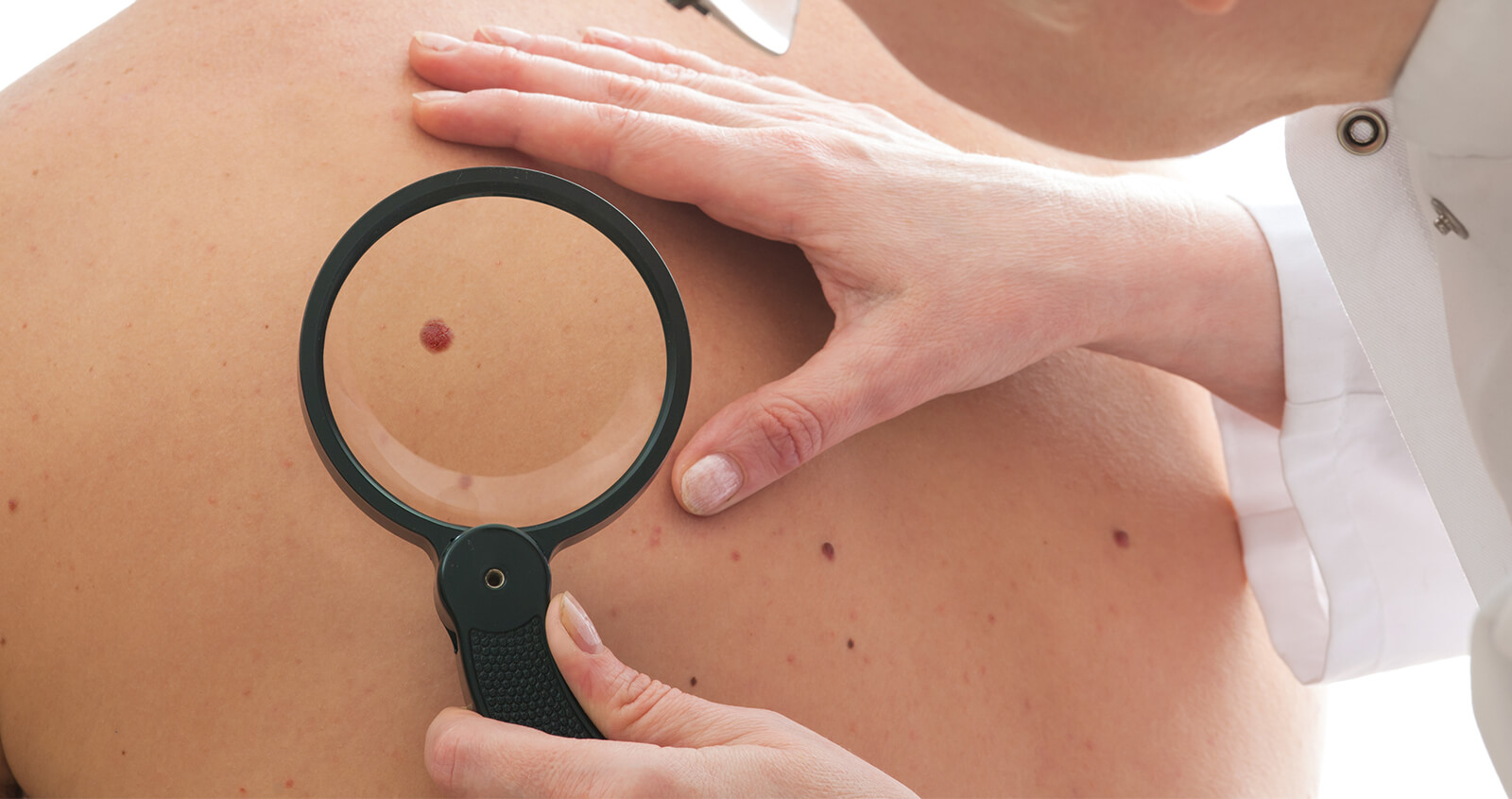What You Should Know About the Recovery Process from Undergoing Mohs Surgery
While Mohs surgery is nothing new, recent advancements in medical technology and instruments have made it more effective at removing a more comprehensive range of skin cancers. Mohs provides fantastic cure rates with minimal tissue removal and damage, making this procedure very popular among Middleburg Heights and Westlake, Ohio, patients who want life-threatening skin cancer tissue removed with minimal recovery. The team at Associates in Dermatology would like to share some basic information about the procedure and what you can expect from recovery.
A Quick Overview of Mohs
If you have been diagnosed with skin cancer, Mohs surgery is a procedure that is minimally invasive and aimed at removing the malignant cells so that you have a great chance of getting back to a normal life after diagnosis. Removing these malignant cells may produce a sizable wound, making both recovery and the cosmetic outcome a significant concern for patients.
The Mohs procedure is normally performed by a licensed dermatologist specifically trained in the Mohs method, removing cancerous skin tissue in thin layers until completely removed. The Mohs method has been lauded as the “gold standard” for non-melanoma skin cancer treatment. Benefits of this method include:
- The highest cure rates of any skin cancer removal treatment
- The most cost-effective skin cancer removal treatment available
- Leaving the most amount of healthy skin intact, making it a fantastic treatment for lesions found on the nose, lip, eyelids, toes, fingers, ears, and genital areas (all areas where the amount of tissue left behind is essential to the function of the area)
It has been found that among patients who undergo the Mohs surgery method, around 80 percent suffer from basal cell carcinoma, while the other 20% suffer from squamous cell carcinoma. Both are far less aggressive than melanoma, allowing them to react more favorably to this minimally invasive cancer removal technique. In recent years, advancements in the procedure have seen much-increased success with managing melanoma, reaching cure rates in the 98 percent range.
Is the Mohs Procedure Painful?
Because the Mohs procedure is performed under local anesthesia, it is virtually painless. A needle prick is needed to inject the local anesthesia, but this is no more uncomfortable than a slight pinch. Once the surgery is completed, oral pain relievers may be necessary, but the procedure should result in minimal discomfort.
Is a Ride Home Required After Surgery?
Many patients who have Mohs surgery can safely drive home after the procedure. Localized anesthesia has side effects such as drowsiness, allowing the patient to drive home as long as the surgical wound does not require restricted body movement. Discuss this with your surgeon so you can have appropriate plans in place.
Options Available for Healing
Self-Healing: If the wound from surgery is very small and will leave a minimal scar, allowing the wound to heal on its own may be appropriate. Caring for the wound daily is still required, but no stitches may be necessary for these situations. It may take 4 to 6 weeks for complete healing (depending on the size of the wound), during which bleeding, pain, and infection are uncommon.
Heal with Stitches: If the patient is looking for minimal scarring or a natural healing process may not be appropriate, stitches will be used to close the wound. Other reconstructive surgery, such as a skin graft, may be necessary and typically performed immediately following the Mohs procedure. If a skin graft is required, an additional “bolster” dressing of the wound may be necessary. This bandage is sutured over the wound and will remain over the skin graft for a week or more.
Recovery
As mentioned previously, you should expect only minimal discomfort following the procedure, which can be managed by an over-the-counter medication such as Tylenol. Anything more significant should be reported to your doctor. Swelling and bruising in the localized area are not uncommon and may be at their worst three to four days following the procedure but should improve within a week.
If the procedure was performed on the forehead, eyelids, or around the nose, you could find yourself in a situation where your eyelids could swell to the point that they close and impact your vision. To help reduce this, apply an ice pack for 20 minutes every hour for 48 hours following the surgery.
While bleeding after the surgery is rare, a small amount of seepage on the dressing is nothing to worry about and is normal. Active bleeding (a bandage soaked in blood) is rare. If this occurs, remove the bandage and apply clean, dry gauze to the area for up to 20 minutes before redressing. If this bleeding continues, contact your doctor.
Schedule an Appointment Today
The Mohs surgical procedure will remove skin cancer tissue while sparing as much healthy tissue as possible. In most cases, this makes the recovery process reasonably uneventful while keeping scarring at a minimum. To schedule an appointment with Associates in Dermatology in Middleburg Heights, please call (440) 482-8424, and for Westlake, please call (440) 482-8323.











